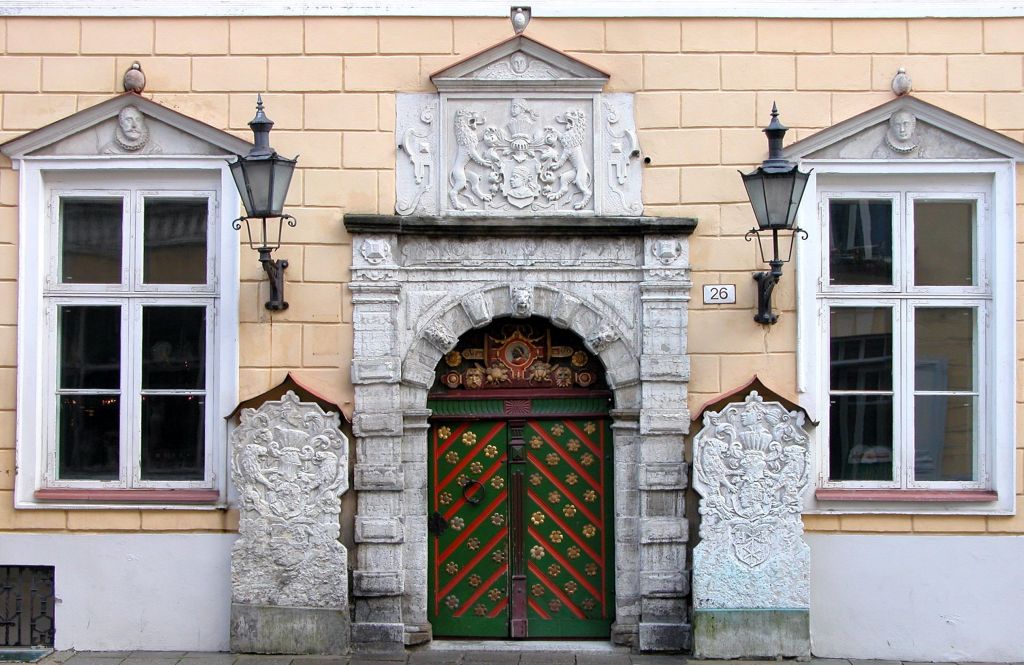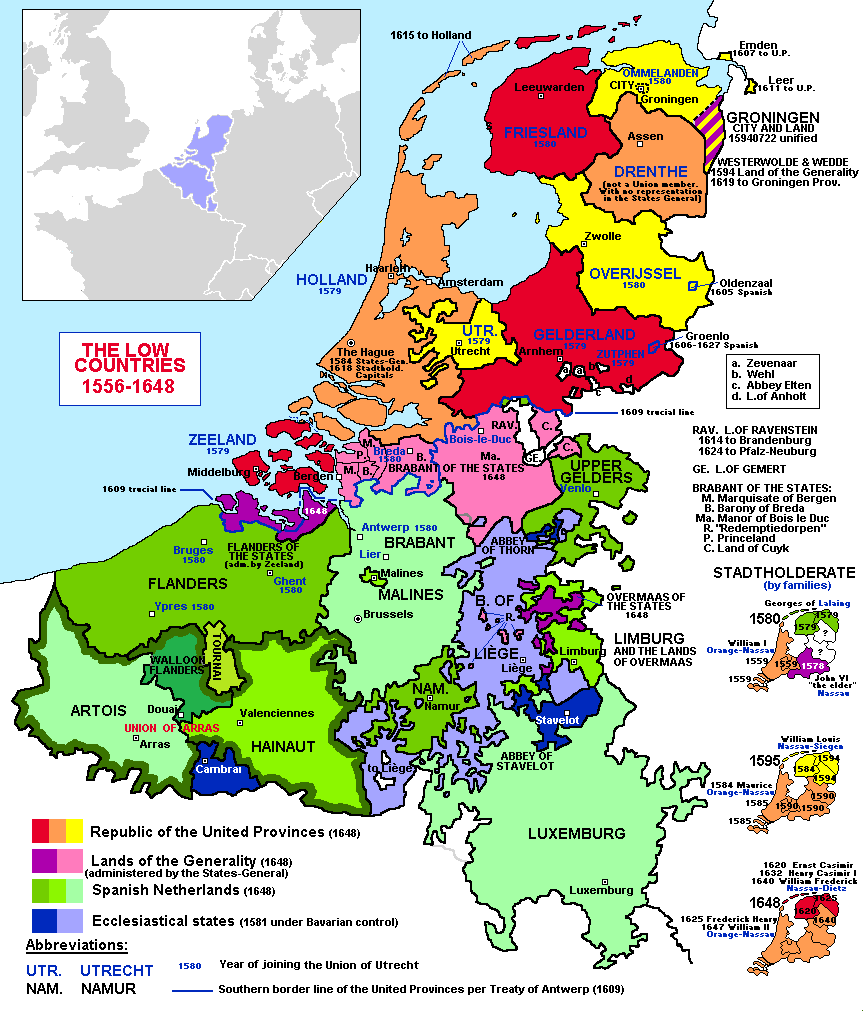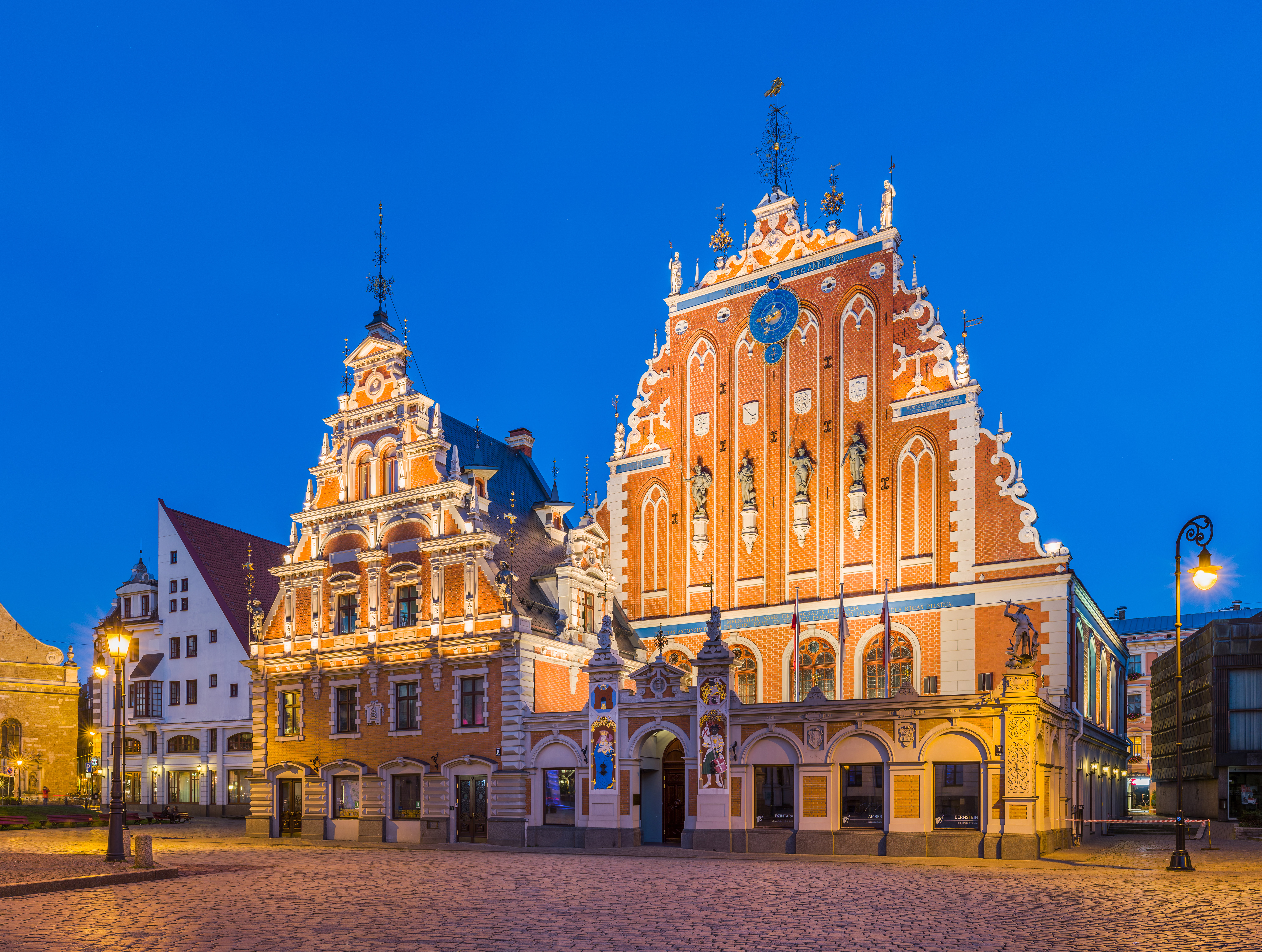|
House Of The Blackheads (Tallinn)
House of the Blackheads ( et, Mustpeade maja), or House of the Brotherhood of Black Heads, in Tallinn, the capital of Estonia, is a former headquarters of the Brotherhood of Blackheads. Historically this was a professional association of ship owners, merchants and foreigners dating from the 14th century. They were active in Livonia (present-day Estonia and Latvia) but fled to Germany during the Soviet occupation of the Baltic States in 1940. The House of the Blackheads was visited by several Russian Emperors including Peter I, Paul I and Alexander I who also became honorable members the Brotherhood. The building was acquired by this organization in 1517. In 1597 it was renovated under supervision of the architect Arent Passer. The façade was rebuilt in the style of Renaissance architecture from the Low Countries. The painted doors date from the 1640s. A Maure, a symbol of Saint Maurice Saint Maurice (also Moritz, Morris, or Mauritius; ) was an Egyptian military leader who h ... [...More Info...] [...Related Items...] OR: [Wikipedia] [Google] [Baidu] |
Tallinn Schwarzhaupterhaus
Tallinn () is the most populous and capital city of Estonia. Situated on a bay in north Estonia, on the shore of the Gulf of Finland of the Baltic Sea, Tallinn has a population of 437,811 (as of 2022) and administratively lies in the Harju ''maakond'' (county). Tallinn is the main financial, industrial, and cultural centre of Estonia. It is located northwest of the country's second largest city Tartu, however only south of Helsinki, Finland, also west of Saint Petersburg, Russia, north of Riga, Latvia, and east of Stockholm, Sweden. From the 13th century until the first half of the 20th century, Tallinn was known in most of the world by variants of its other historical name Reval. Tallinn received Lübeck city rights in 1248,, however the earliest evidence of human population in the area dates back nearly 5,000 years. The medieval indigenous population of what is now Tallinn and northern Estonia was one of the last " pagan" civilisations in Europe to adopt Christ ... [...More Info...] [...Related Items...] OR: [Wikipedia] [Google] [Baidu] |
Tallinn
Tallinn () is the most populous and capital city of Estonia. Situated on a bay in north Estonia, on the shore of the Gulf of Finland of the Baltic Sea, Tallinn has a population of 437,811 (as of 2022) and administratively lies in the Harju ''maakond'' (county). Tallinn is the main financial, industrial, and cultural centre of Estonia. It is located northwest of the country's second largest city Tartu, however only south of Helsinki, Finland, also west of Saint Petersburg, Russia, north of Riga, Latvia, and east of Stockholm, Sweden. From the 13th century until the first half of the 20th century, Tallinn was known in most of the world by variants of its other historical name Reval. Tallinn received Lübeck city rights in 1248,, however the earliest evidence of human population in the area dates back nearly 5,000 years. The medieval indigenous population of what is now Tallinn and northern Estonia was one of the last " pagan" civilisations in Europe to adopt Christianit ... [...More Info...] [...Related Items...] OR: [Wikipedia] [Google] [Baidu] |
Brotherhood Of Blackheads
The Brotherhood of Blackheads (german: Bruderschaft der Schwarzhäupter; et, Mustpeade vennaskond; lv, Melngalvju brālības) is an association of local unmarried male merchants, ship owners, and foreigners that was active in Livonia (present-day Estonia and Latvia) from the mid-14th century till 1940 but still remains active in present-day Hamburg. The Brotherhood of Blackheads was founded as a military organization but the non-military aspects of the association gradually became more pronounced until the Brotherhood became a predominantly social organization after the end of the Great Northern War. History The brotherhood traces its origin to a group of foreign merchants who, according to the legend, had participated in the defense of Reval (present-day Tallinn in Estonia) during the Saint George's Night Uprising between 1343 and 1345 when the indigenous population of Estonia unsuccessfully tried to exterminate all foreigners and eradicate Christianity from Estonia.Rannu, ... [...More Info...] [...Related Items...] OR: [Wikipedia] [Google] [Baidu] |
Livonia
Livonia ( liv, Līvõmō, et, Liivimaa, fi, Liivinmaa, German and Scandinavian languages: ', archaic German: ''Liefland'', nl, Lijfland, Latvian and lt, Livonija, pl, Inflanty, archaic English: ''Livland'', ''Liwlandia''; russian: Лифляндия, Liflyandiya) is a historical region on the eastern shores of the Baltic Sea. It is named after the Livonians, who lived on the shores of present-day Latvia. By the end of the 13th century, the name was extended to most of present-day Estonia and Latvia, which had been conquered during the Livonian Crusade (1193–1290) by the Livonian Brothers of the Sword. Medieval Livonia, or Terra Mariana, reached its greatest extent after Saint George's Night Uprising that in 1346 forced Denmark to sell the Duchy of Estonia (northern Estonia conquered by Denmark in the 13th century) to the State of the Teutonic Order. Livonia, as understood after the retreat of Denmark in 1346, bordered on the Gulf of Finland in the north, Lake Peipu ... [...More Info...] [...Related Items...] OR: [Wikipedia] [Google] [Baidu] |
Soviet Occupation Of The Baltic States
The Soviet occupation of the Baltic states covers the period from the Soviet–Baltic mutual assistance pacts in 1939, to their invasion and annexation in 1940, to the mass deportations of 1941. In September and October 1939 the Soviet government compelled the much smaller Baltic states to conclude mutual assistance pacts which gave the Soviets the right to establish military bases there. Following invasion by the Red Army in the summer of 1940, Soviet authorities compelled the Baltic governments to resign. The presidents of Estonia and Latvia were imprisoned and later died in Siberia. Under Soviet supervision, new puppet communist governments and fellow travelers arranged rigged elections with falsified results. Shortly thereafter, the newly elected "people's assemblies" passed resolutions requesting admission into the Soviet Union. In June 1941 the new Soviet governments carried out mass deportations of "enemies of the people". Consequently, at first many Balts greeted the Ge ... [...More Info...] [...Related Items...] OR: [Wikipedia] [Google] [Baidu] |
Arent Passer
Arent Passer (c. 1560 – 1637) was a stonemason and architect of Dutch origin. He was born in The Hague and worked in Tallinn from 1589 until his death. Arent Passer is buried in St. Olaf's church in Tallinn. Best known artwork by Arent Passer is the tomb chest of the Swedish Commander-in Chief Pontus De La Gardie Baron Pontus De la Gardie (c. 1520 – 5 November 1585) was a French nobleman and a general in the service of Denmark and Sweden. Life and career He was born Ponce d'Escouperie in Caunes-Minervois (Aude), Languedoc, a son of Jacques Escop ... and his wife baroness Sofia Johansdotter Gyllenhielm in the Dome Church, made in 1595. Architectural solution of the facade with numerous relieves of former House of the Blackheads, made in 1597 as well as several tomb monuments in the Dome Church - Caspar von Tiesenhausen (1591); , lord of Kankainen; Otto Yxkull (also Üexküll, Üksküla, 1601), lord of Vigala and Kiltsi; Richard Rosenkrantz (1623) and Thomas Ram ... [...More Info...] [...Related Items...] OR: [Wikipedia] [Google] [Baidu] |
Renaissance In The Low Countries
The Renaissance in the Low Countries was a cultural period in the Northern Renaissance that took place in around the 16th century in the Low Countries (corresponding to modern-day Belgium, the Netherlands and French Flanders). Culture in the Low Countries at the end of the 15th century was influenced by the Italian Renaissance, through trade via Bruges, which made Flanders wealthy. Its nobles commissioned artists who became known across Europe. In science, the anatomist Andreas Vesalius led the way; in cartography, Gerardus Mercator's map assisted explorers and navigators. In art, Dutch and Flemish Renaissance painting went from the strange work of Hieronymus Bosch to the everyday life of Pieter Brueghel the Elder. In architecture, music and literature too, the culture of the Low Countries moved into the Renaissance style. Geopolitical situation and background In 1500, the Seventeen Provinces were in a personal union under the Burgundian Dukes, and with the Flemish cities as cent ... [...More Info...] [...Related Items...] OR: [Wikipedia] [Google] [Baidu] |
Maure
A Moor's head, since the 11th century, is a symbol depicting the head of a black moor. Origin The precise origin of the Moor's head is a subject of controversy. But the most likely explanation is that it is derived from the heraldic war flag of the Reconquista depicting the Cross of Alcoraz, symbolizing Peter I of Aragon and Pamplona's victory over the "Moorish" kings of the Taifa of Zaragoza in the Battle of Alcoraz in 1096. The blindfold may originally have been a headband. Another theory claims that it is the Nubian Saint Maurice (3rd century AD). The earliest heraldic use of the Moor's head is first recorded in 1281, during the reign of Peter III of Aragon and represents the Cross of Alcoraz, which the King adopted as his personal coat of arms. The Crown of Aragon had for a long time governed Sardinia and Corsica, having been granted the islands by the Pope, although they never really exercised formal control. The Moor's head became a symbol of the islands. Flags, seals, ... [...More Info...] [...Related Items...] OR: [Wikipedia] [Google] [Baidu] |
Saint Maurice
Saint Maurice (also Moritz, Morris, or Mauritius; ) was an Egyptians, Egyptian military leader who headed the legendary Theban Legion of Roman Empire, Rome in the 3rd century, and is one of the favorite and most widely venerated saints of that Martyr, martyred group. He is the patron saint of several professions, locales, and kingdoms. Biography Early life According to the hagiography, hagiographical material, Maurice was an Egyptian, born in AD 250 in Thebes, Egypt, Thebes, an ancient city in Upper Egypt that was the capital of the New Kingdom of Egypt (1575-1069 BC). He was brought up in the region of Thebes (Luxor). Career Maurice became a soldier in the Roman army. He rose through the ranks until he became the commander of the Theban legion, thus leading approximately a thousand men. He was an acknowledged Christian at a time when early Christianity was considered to be a threat to the Roman Empire. Yet, he moved easily within the Paganism, pagan society of his day. The legi ... [...More Info...] [...Related Items...] OR: [Wikipedia] [Google] [Baidu] |
House Of The Blackheads (Riga)
The House of the Blackheads ( lv, Melngalvju nams, german: Schwarzhäupterhaus) is a building situated in the old town of Riga, Latvia. The original building was erected during the first third of the 14th century for the Brotherhood of Blackheads, a guild for unmarried merchants, shipowners, and foreigners in Riga. Major works were done in the early 17th century, adding most of the Mannerist ornamentation. The sculptures were made by the workshop of August Volz. Additionally, it is the site of the first decorated Christmas tree, which was erected in 1510. The building was bombed to a ruin by the Germans on June 28, 1941 — a week after the launching of Operation Barbarossa — and the remains were demolished by the Soviets in 1948. It was rebuilt between 1996 and 1999 with funds provided by Valērijs Kargins, the president of Parex Bank. Part of the funds donated were from all the people who wanted to participate in the rebuilding process, by joining in the event ''I buil ... [...More Info...] [...Related Items...] OR: [Wikipedia] [Google] [Baidu] |



.png)

